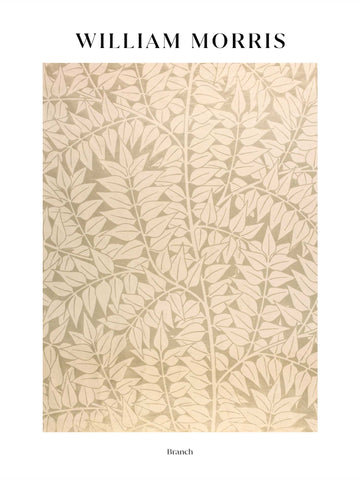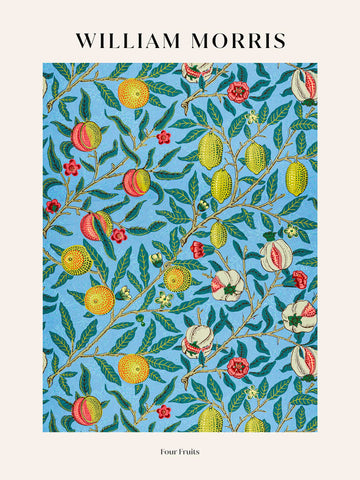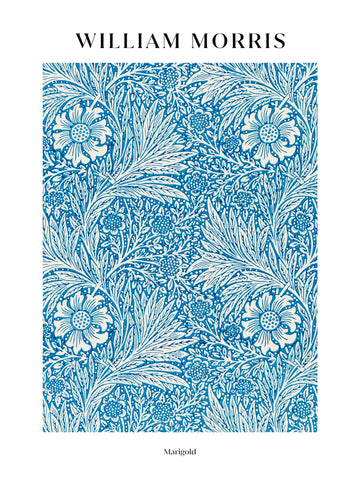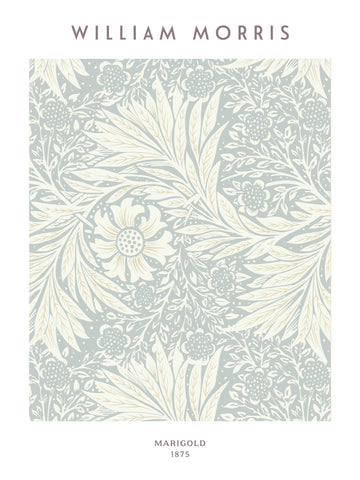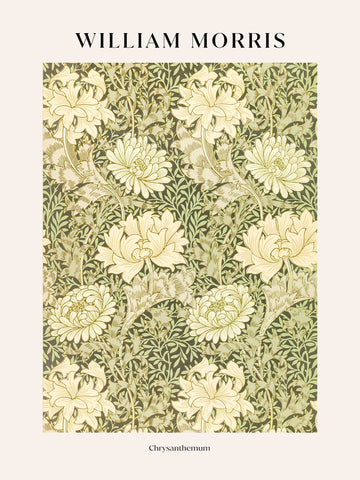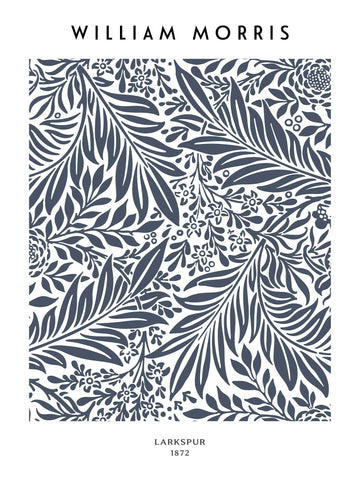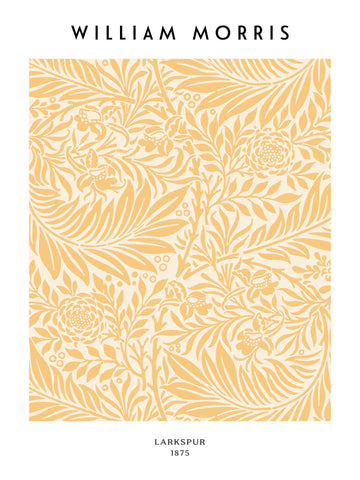9 Most Famous Paintings by William Morris
Introduction
William Morris is an artist whose work has stood the test of time. He created many paintings over his career, but these ten are some of the best known.
1. Lodden
This painting is from 1873 and was painted by William Morris. It is an oil painting of his wife Janey, who he married in 1859 (the same year he founded the Society for the Protection of Ancient Buildings). The portrait is part of a series of paintings that were commissioned by members of Morris's family to celebrate their marriage.
2. Branch
"The One-Eyed Man is King" (1894) by William Morris is an oil painting that was inspired by a trip to Italy. The piece depicts the branches of trees, with a single leafless one in the foreground. It's part of the Tate collection and currently hangs in London's Tate Britain gallery.
3. Four Fruits
The painting Four Fruits is currently in the Tate Gallery in London, England. It was painted by William Morris and was completed in 1875. This painting shows four fruits on a table. The fruit is a key part of the composition and this image uses color as well as form to create an emotional response from the viewer. There are many different examples of Morris' work which display his interest in using natural forms, patterns and textures to capture an emotional response from viewers.
4. Marigold
Marigold is a painting by William Morris, an English textile designer, poet, novelist and translator who played an important part in the British Arts and Crafts Movement. The painting was created in 1881 as a watercolor and is currently part of the Tate collection.
The painting measures 25.5 x 34.5 cm and depicts a young woman with flowers in her hair sitting on a rock with her knees up to her chest while playing with marigolds (which explain why this piece is called Marigold). It seems like she’s watching something or someone across the water…
5. Marigold No2
You may have heard of William Morris, but you may not know that he was a British designer who used traditional handicrafts in his work. He is also famous for his paintings and poetry. Marigold No2 is a still life watercolor painting by Morris, painted in 1894. It depicts several yellow flowers in a vase on an old tablecloth. In this article, we will look at some facts about this painting and why it's so popular with art lovers around the world!
The painting measures 30 x 24 cm (11¼ x 9½ inches) and currently hangs at Tate Britain as part of its permanent collection.[1] The Tate website describes the piece as "a late example [of Morris] showing how he had moved away from naturalism".[2]
Here are more interesting facts about Marigold No2:
6. Chrysanthemum
Chrysanthemum is a watercolour painting by William Morris, painted in 1892 and exhibited at the New Gallery in London in 1893. It depicts a chrysanthemum blossom against a background of foliage and flowers. The painting was part of the collection of Sir Edward Burne-Jones and was later given to the Tate gallery by his daughter Margaret, who married William Graham.
The flower was named after the Greek goddess Chryseis or Chrysanthemeia (Golden Maiden), who had been abducted by King Agamemnon for her beauty. This refers to Morris’s wife Jane Burden whom he married in 1859; she was an artist herself but largely gave up painting after their marriage so that he could continue his work without distraction from her presence or criticism from those who knew her work best (including Dante Gabriel Rossetti).
7. Larkspur
Larkspur is a painting by William Morris. It was created in 1876 and measures 30.2 x 40.6 cm. The oil on canvas piece is currently part of the collection at the Tate Gallery in London, England.
8. Larkspur No3
"Larkspur No. 3" is a watercolor painting by William Morris and part of a series of six paintings that was commissioned in 1897 by Philip Wilson Steer. It is now part of the Tate collection and on display at Tate Britain.
9. Larkspur No2
You can see Larkspur No2 in the Tate Gallery in London. The painting dates from 1882 and was painted during Morris's Pre-Raphaelite period. In this painting, Morris depicts a young woman holding a lily flower and surrounded by other flowers of the same type. The girl is wearing a long white dress and has her hair tied back behind her head with a blue bow. A butterfly flies nearby, adding to the scene's overall beauty and serenity.
William Morris is an artist whose work has stood the test of time.
William Morris was a famous English artist who lived between 1834 and 1896. He is best known for his paintings of flowers, which were very popular during the Victorian era. His work has been exhibited in many galleries around the world, including London's Tate Britain gallery where you can see some of his most famous pieces today.
It's easy to see why William Morris' work is so well-loved: he has created designs that are simple yet beautiful, which makes them timeless classics that will never go out of fashion.
Conclusion
If you want to experience the beauty of William Morris' work, then we recommend visiting the Tate Britain. You'll find his paintings hanging in every room of this museum, including a section devoted entirely to his work.


